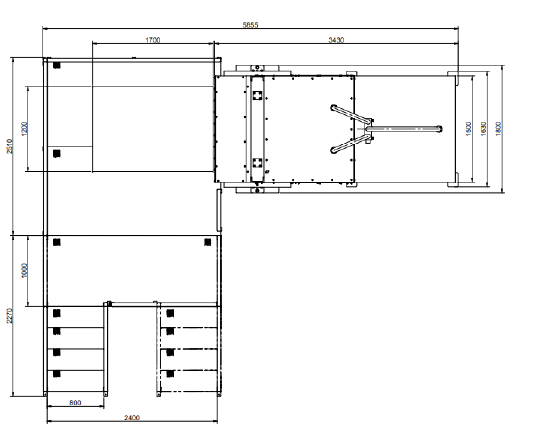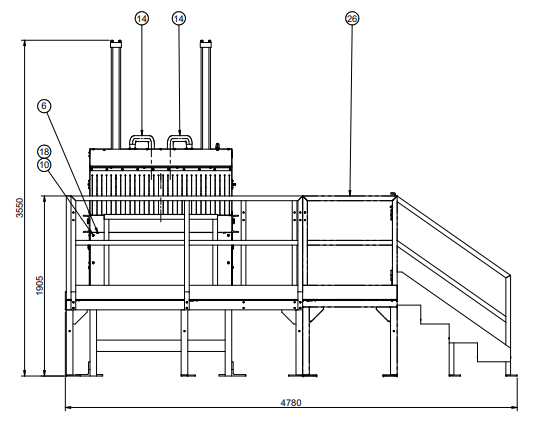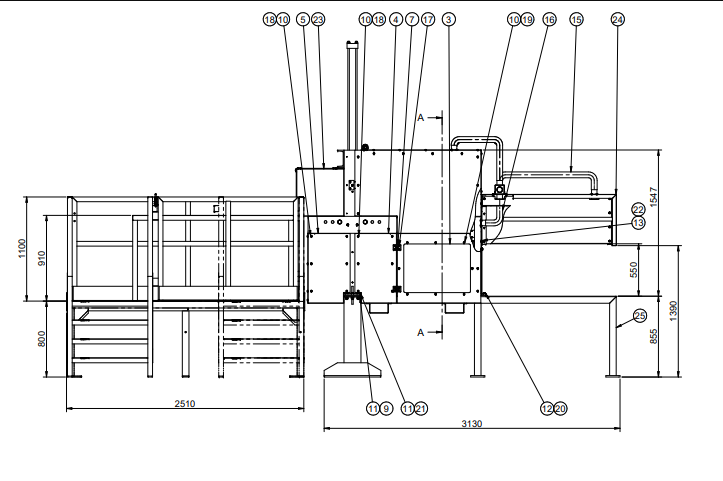The LCD screen recycling line is designed for the efficient and safe recovery of components found in liquid crystal displays, particularly glass and TFT films. This process allows for the reuse of materials contained in discarded screens, reducing environmental impact and promoting the circular economy.
The system is also equipped with specific technology for the extraction of fluorescent dust contained in neon backlight lamps, typically found in LCD panels. These dust particles can be hazardous to health and the environment if not handled correctly.
To ensure maximum safety for operators and to prevent the dispersion of potentially harmful substances, all operations are carried out in isolated environments. Where necessary, these environments are equipped with high-efficiency filtration systems, generally HEPA or ULPA type, capable of retaining even the finest particles.
The LCD screen remediation line is highly efficient and can process up to 1,000 kg per hour of LCD displays, making it ideal for industrial recycling plants and electronic waste treatment centers.


More recycling plants designed and manufactured by Stokkermill Recycling Machinery:
- Electrical and electronic equipment and refining lines (WEEE)
- Aluminium processing / refining plants and lines
- End-of-life vehicle (ELV) treatment plants / lines
- Hard-drive treatment lines
- Toner recycling plants and lines
- Solar panels recycling plants and lines
- Fluff treatment lines and lines
- Cable recycling plants and lines
- PCB’s electronic card processing plants and lines
- Coffee capsules recycling plants and lines
- Crushing residues plants and treatment lines













